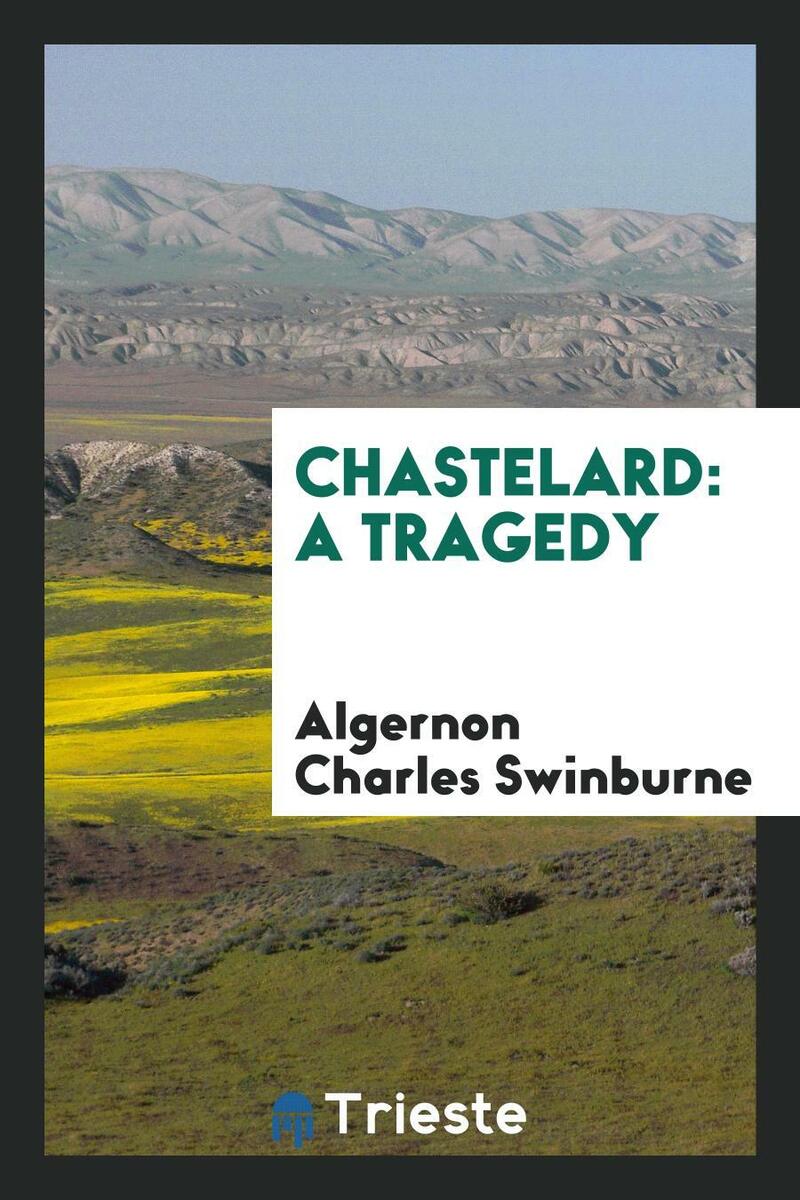SCENE I — The Upper Chamber in Holyrood.
byScene I opens in the Upper Chamber at Holyrood, where the four Maries—Beaton, Hamilton, Carmichael, and Seyton—gather during a quiet moment apart from the Queen’s presence. The room carries a hush filled with memory and murmured secrets. Mary Beaton begins to sing in French, her voice steeped in longing, drifting through the chamber like a tide drawing in all emotion. Her companions notice the sorrow clinging to her words and question the reason behind the melancholy. Beaton, quietly, admits that her sadness has lingered since they left France. That country, once vibrant with music and courtly glances, has become a ghost of comfort. She misses not only the place but the attention and warmth once offered by those she left behind. Her song, more than just melody, is a confession she cannot otherwise voice.
The discussion shifts from Beaton’s song to a reflection on love, both past and present. Mary Hamilton teasingly recounts a moment in the Louvre gardens—a game of love’s guessing—that now feels distant and half-true. Beaton listens, silent and pale, while the others muse over how affections change with geography and power. Their conversation turns more intimate when the subject of Chastelard arises, not in direct mention at first, but hinted through blushes and sudden silences. It becomes clear that Beaton harbors feelings, unspoken and perhaps unreturned, towards the poet. Her voice trembles when she sings again, and this time, the words cling to loss more than to longing. The other Maries observe without pressing; they know too well the dangers of naming affection in a court where whispers spread faster than fire.
The political landscape creeps in as the Maries shift topics from romance to court affairs. They comment on the men who orbit the Queen, particularly the murmurs surrounding Master Knox. His influence, though not romantic, threatens the court’s balance with his fervor and austere judgment. Mary Carmichael wonders aloud how someone with such disdain for beauty and grace still wields so much sway among the people. Hamilton suggests it is fear that holds him up, not love. Their laughter fades when Beaton interjects with a comment about how love is no less dangerous than Knox’s sermons. Where he seeks control through morality, others use charm and gaze. This subtle shift ties their romantic musings back to the political weight they live under, blending personal desire with public constraint.
Darnley’s arrival pierces the quiet rhythm of the chamber, bringing with him an energy that unsettles the calm. He is greeted cordially, yet his presence stirs hidden rivalries and half-formed alliances. His attention flits between the Maries, but his interest in Mary Beaton is particularly sharp. Beaton, however, responds coolly, her mind clearly elsewhere. It becomes apparent that Darnley is both admired and mistrusted. His aspirations are known, yet his sincerity is always in question. The Maries watch him with a mixture of curiosity and calculation. His flirtations land softly, but the echoes of them reach further than he likely intends.
After Darnley exits, the room feels changed. The Maries speak less freely, their words more measured. Beaton resumes her song once more, but now it is gentler, almost resigned. There is understanding among them that they cannot return to France, nor can they chase love without caution. Their laughter becomes softer, tinged with caution rather than joy. The emotional weight of their positions is felt—ladies of the court, yes, but also observers, pawns, and occasionally, unwilling players in larger games. As the scene closes, the bond between the Maries holds them in quiet solidarity, even as they face the tension building around them.
The chamber in Holyrood reflects more than physical space—it holds echoes of past dreams and present risks. Swinburne uses this scene not only to introduce characters but to reveal their emotional depths and vulnerabilities. The song, the conversations, and the interruptions all build a subtle portrait of a court in which love, duty, and politics twist together. The four Maries are not simply attendants to the Queen—they are women of feeling, memory, and fear, navigating a world that asks them to remain silent while watching everything unravel.


